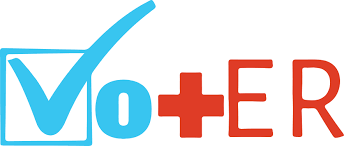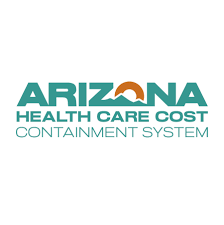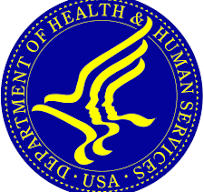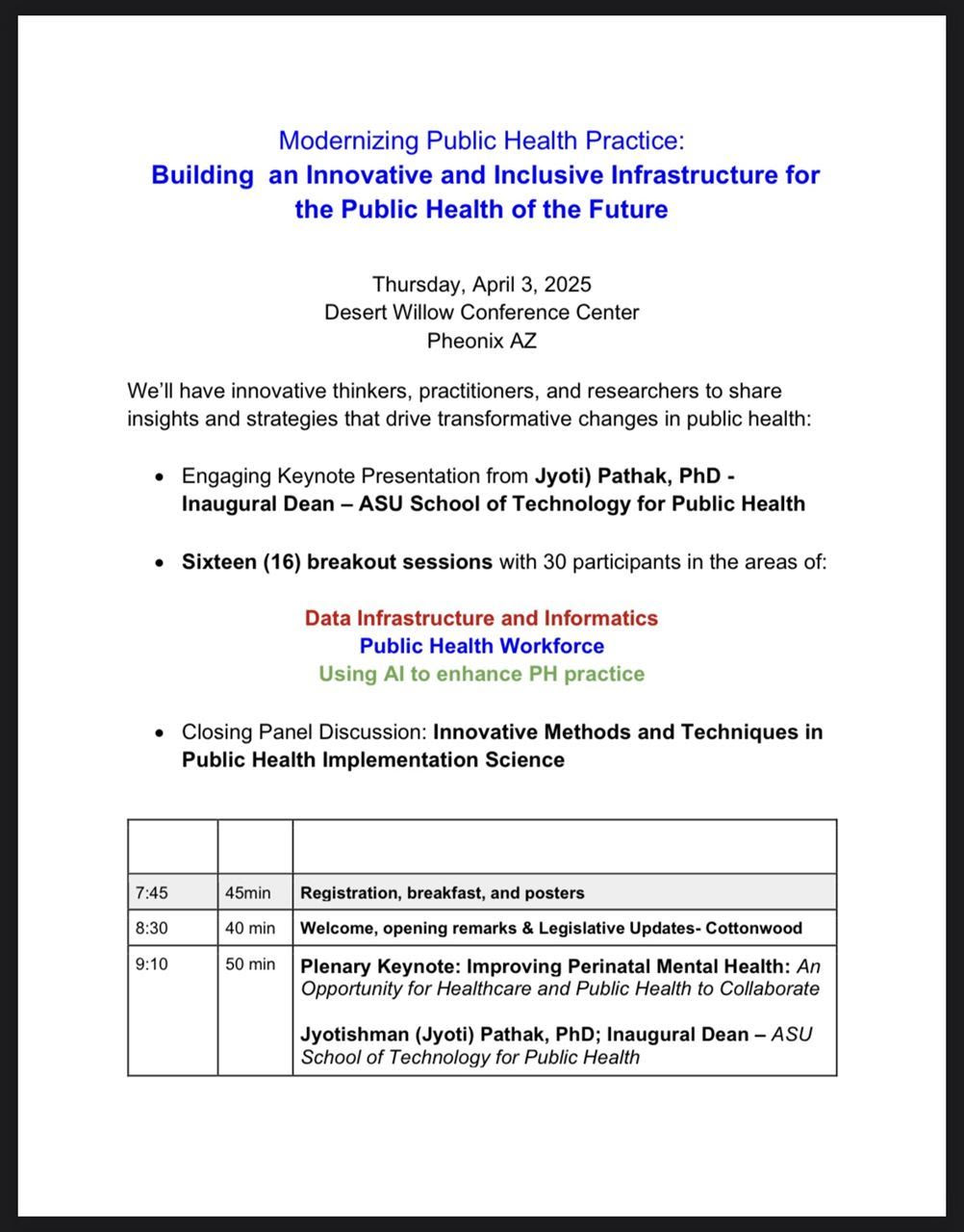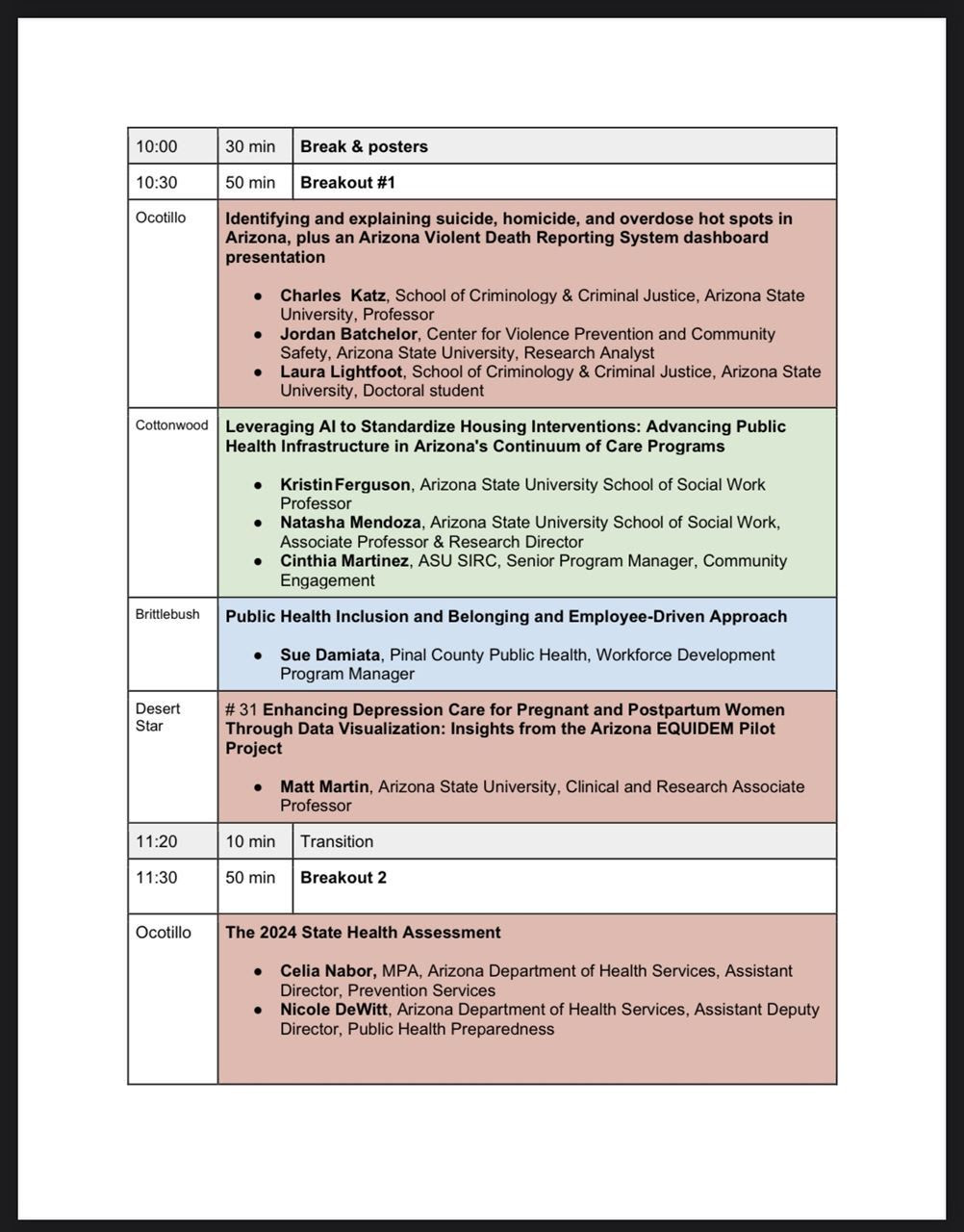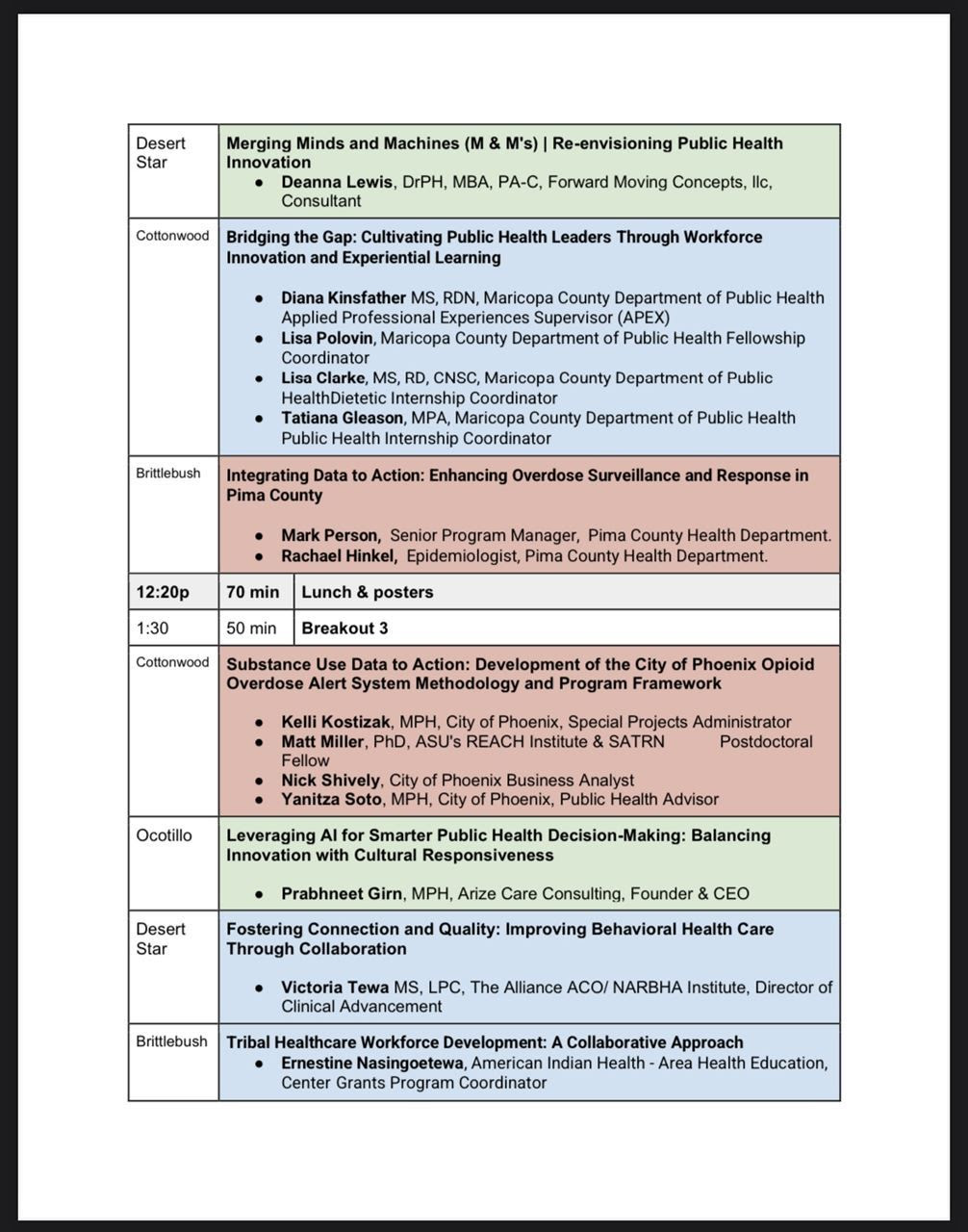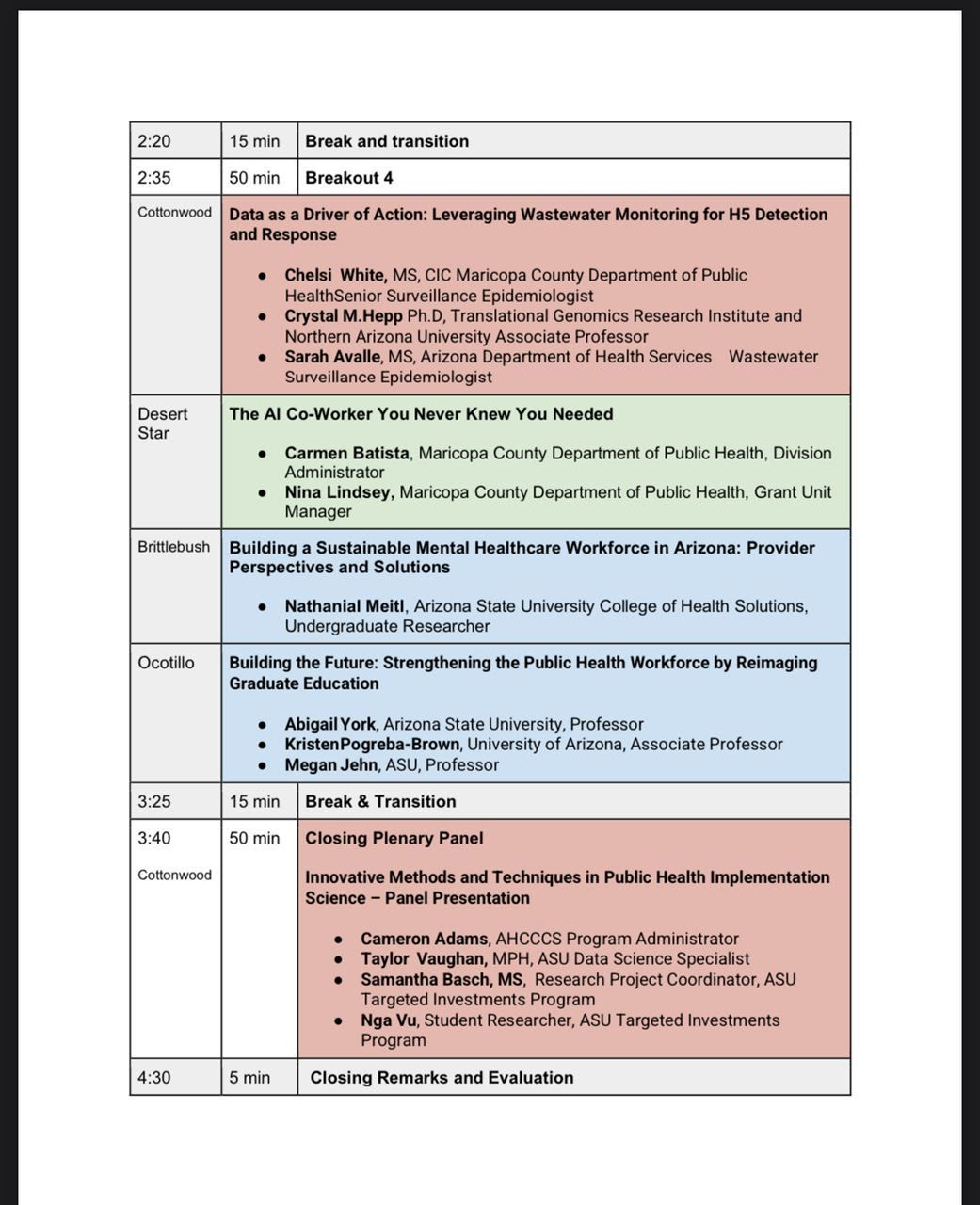Join the Vot-ER Civic Health Fellowship’s 2025 cohort and master the art of community organizing alongside fellow healthcare professionals. Over eight impactful months (April-November), you’ll learn from renowned experts, develop essential leadership skills, and spearhead nonpartisan initiatives that bridge healthcare and civic engagement.
Their program structure – just 5-10 hours monthly with bimonthly virtual sessions – is designed to accommodate your demanding schedule while maximizing your learning and impact.
Applications welcome from all healthcare professionals, including physicians, nurses, social workers, students, and administrators. Priority deadline March 16th, final deadline March 31st. Apply at: https://vot-er.org/
